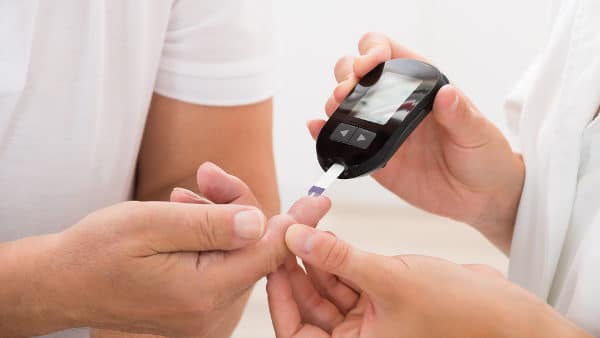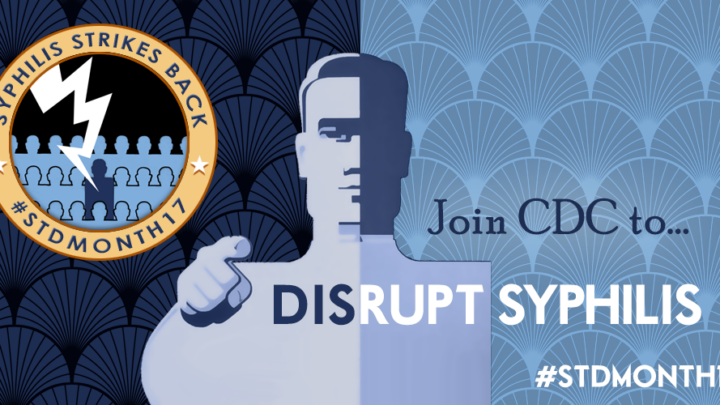
A Sermo Endocrinologist presented a patient case for discussion focusing on Ketosis-proned Diabetes, that started an interesting dialogue about treating patients with diabetes. Today, we’re offering a look into Sermo by sharing the original case presentation (with some clinical pearls!) and subsequent insights from another Endocrinologist about 1) how they advise residents and fellows to discard the Type 1 & 2 labels and 2) it would relate to the case. Join the discussion now on Sermo!
A 31-year-old African-American male patient is found to have a blood glucose of 267 on a chem panel done as an outpatient. There is an anion gap of 17. Noting this, the PCP calls the patient. He advises the patient to go to the ER for further evaluation. The patient presents to the ER in diabetic ketoacidosis (DKA). He is started on insulin, and while it’s too early to tell for this particular individual, many patients like him can usually come off insulin rapidly, and be well-controlled on PO agents only.
Does presenting with diabetic ketoacidosis (DKA) mandate indefinite insulin treatment? Not necessarily. We’ve increasingly recognized since the mid-1990s that some patients defy classification into either type 1 diabetes (T1DM) or T2DM. Ketosis-prone type 2 diabetes mellitus (KPDM) is at once underrecognized and distinctive. Winter and colleagues first described this condition in 1987. Twelve African-American patients initially presented with DKA, but their disease course unfolded similarly to an individual with T2DM.1 KPDM was initially thought to be a variant of maturity onset diabetes of the young (MODY). Other names you may have seen or heard for this include Flatbush diabetes (named for the part of Brooklyn, NY where young African-Americans were described to have these clinical features of KPDM), atypical diabetes, and type 1.5 diabetes and atypical diabetes.
I offer some clinical pearls that may be useful.
1. Presenting without a previous diagnosis of DM and without a known precipitating cause for the DKA is relatively common.
>75% of KPDM patients fit this descripiton. Most patients are African-American or Hispanic, overweight or obese, male (there’s a two- to three-fold greater prevalence in men versus women), and may be in their 40s or 50s at the time of diagnosis.
2. If the patient’s insulin requirements rapidly decline in the first several weeks after presenting, consider KPDM.
Smiley and colleagues2 recommend that:
Patients test pre-meal glucose at least 2 times/day, and check in with their health care professional team every 2 weeks for the first 2 months after being discharged from the hospital to titrate insulin. They should then follow-up every 2 or 3 months, depending on how controlled their diabetes is.
You should start tapering insulin by 25% at each visit, once fasting glucose decline below 130 mg/dL for 2 weeks, or if the patient develops hypoglycemia.
3. Many patients with KPDM will spontaneously remit.
Most patients can discontinue insulin by 12 weeks post-hospital discharge. While most meet the definition of remission (a hemoglobin A1c < 7% and a fasting glucose < 130 mg/dL that persists after being off insulin, about 70% may cycle between relapse and remission within 2 years after being diagnosed with KPDM. Studies have examined the role of oral antihyperglycemic agents, such as glipizide.3 One study at Emory was completed recently comparing metformin and sitagliptin on preserving remission.
To go in a very brief period of time from requiring insulin when first diagnosed with diabetes, to not requiring this medication at all, would appear to be highly counterintuitive. KPDM reminds us that some patients can’t always neatly be placed into broad, established categories – that medicine is constantly evolving. In the words of Francis Bacon, “If a man will begin with certainties, he shall end in doubts: but if he will be content to begin with doubts, he shall end in certainties.”
References
1.Winter WE, Maclaren NK, Riley WJ, Clarke DW, Kappy MS, Spillar RP. Maturity-onset diabetes of youth in black Americans. N Engl J Med. 1987;316(6):285–91.
2. Smiley D, Chandra P, Umpierrez GE. Update on diagnosis, pathogenesis and management of ketosis-prone Type 2 diabetes mellitus. Diabetes management (London, England). 2011;1(6):589-600. doi:10.2217/DMT.11.57.
3. Banerji MA, Chaiken RL, Lebovitz HE. Prolongation of near-normoglycemic remission in black NIDDM subjects with chronic low-dose sulfonylurea treatment. Diabetes. 1995;44(44):466–470.
Now for the debate…
This is a very familiar variety of diabetes now. Everything you say above is true for some patients, but I teach our residents and fellows that it’s time to discard the type 1 and type 2 labels. They were originally adopted and taught in the late 1970s in order to make 2 points, that age of onset is not a reliable guide to best treatment, and second to not think of insulin as a last resort for all types of diabetes, to be used only after oral agents fail.
Primary doctors are way past needing the nomenclature to remind them of those points, but there are dozens of varieties of diabetes, and resorting to “type 1 or type 2” now misleads more than they enlighten.
Here is a better way to categorize about new diabetes in patients:
- by degree and mechanism of insulin deficiency,
- by reversibility of insulin deficiency,
- by degree and mechanism of insulin resistance, and
- by reversibility of insulin resistance
Let’s apply that to your typical patient described above:
Degree of insulin deficiency is severe, but the mechanism is not autoimmune destruction but rather glucose toxicity, and the degree of reversibility is much greater than in common type 1. The insulin sensitivity in these patients is moderately reduced, mainly by obesity, and is partially reversible by weight loss. Do you see how much easier it is to understand how this differs from ordinary type 1 and 2, and how misleading those labels are?
Treatment is designed to substantially reverse the insulin deficiency by quickly inducing normoglycemia with insulin, and to improve the insulin sensitivity by weight loss and metformin. With this combination of treatments, the patient may be able to discontinue insulin within 1-2 mos, and may be able to manage their diabetes with metformin and weight reduction for years.
If you’re a physician, log in to Sermo now to join the discussion.














